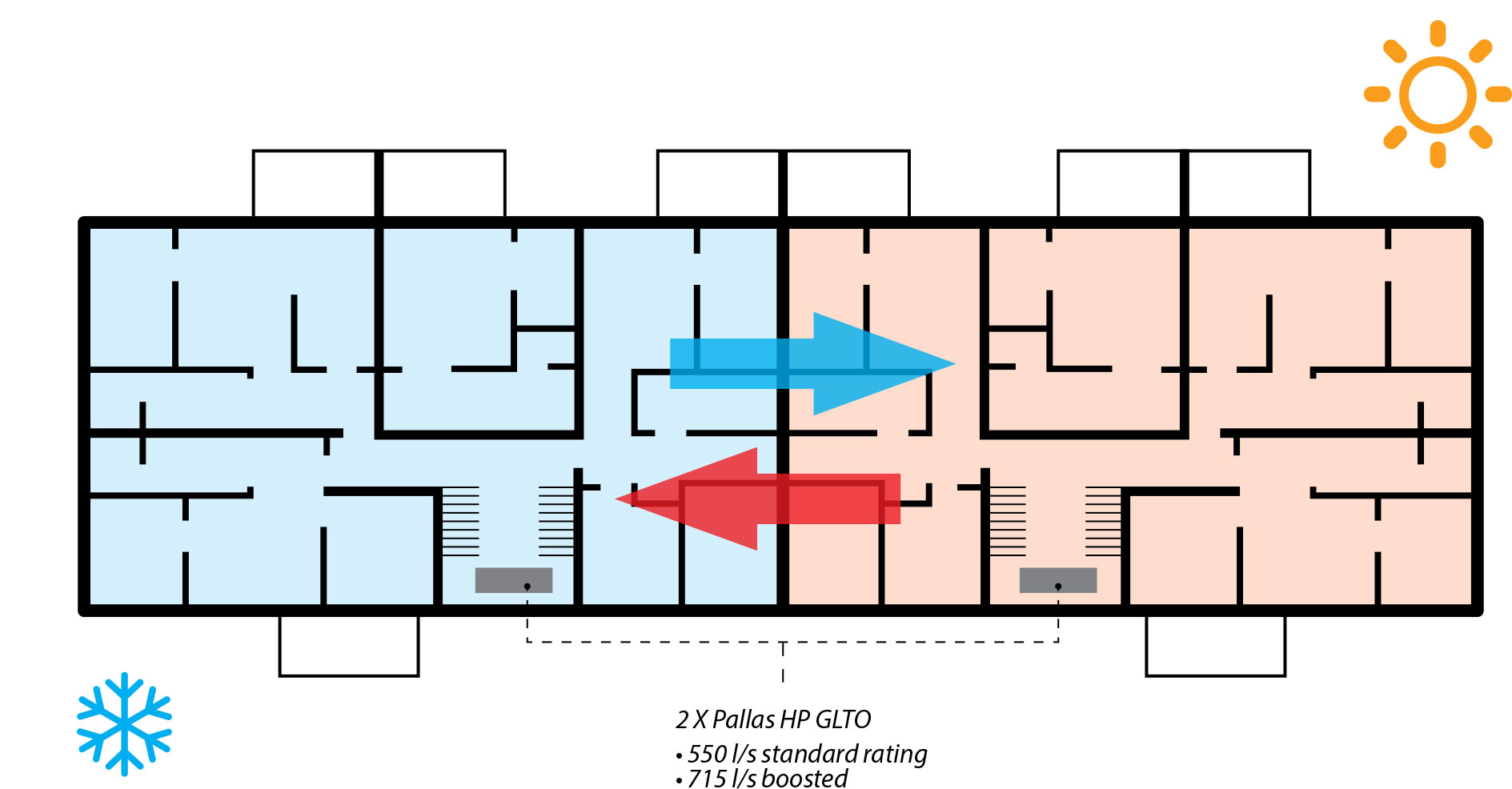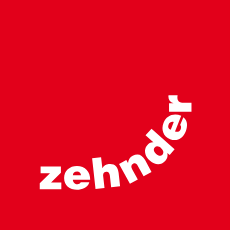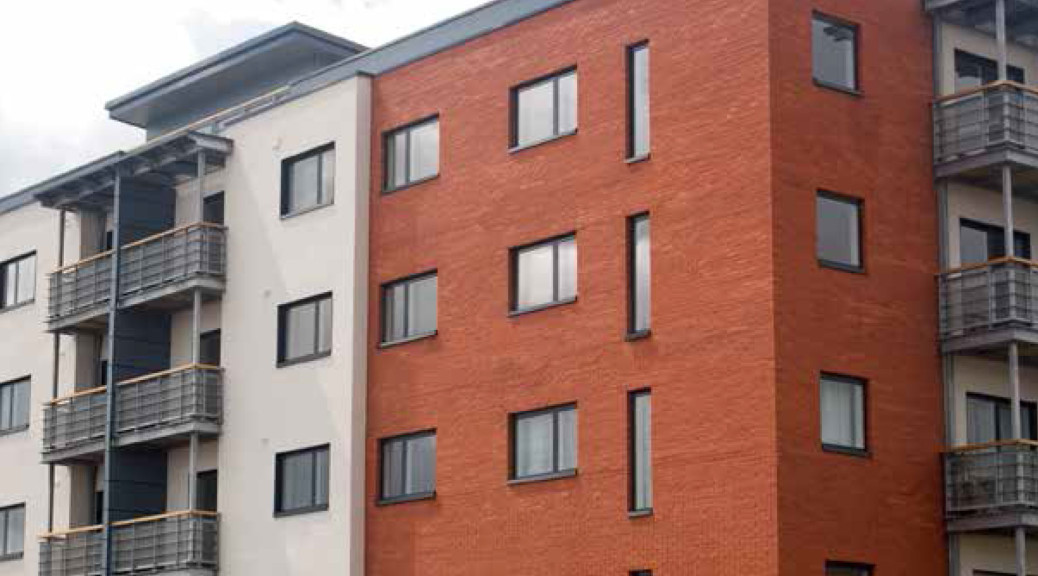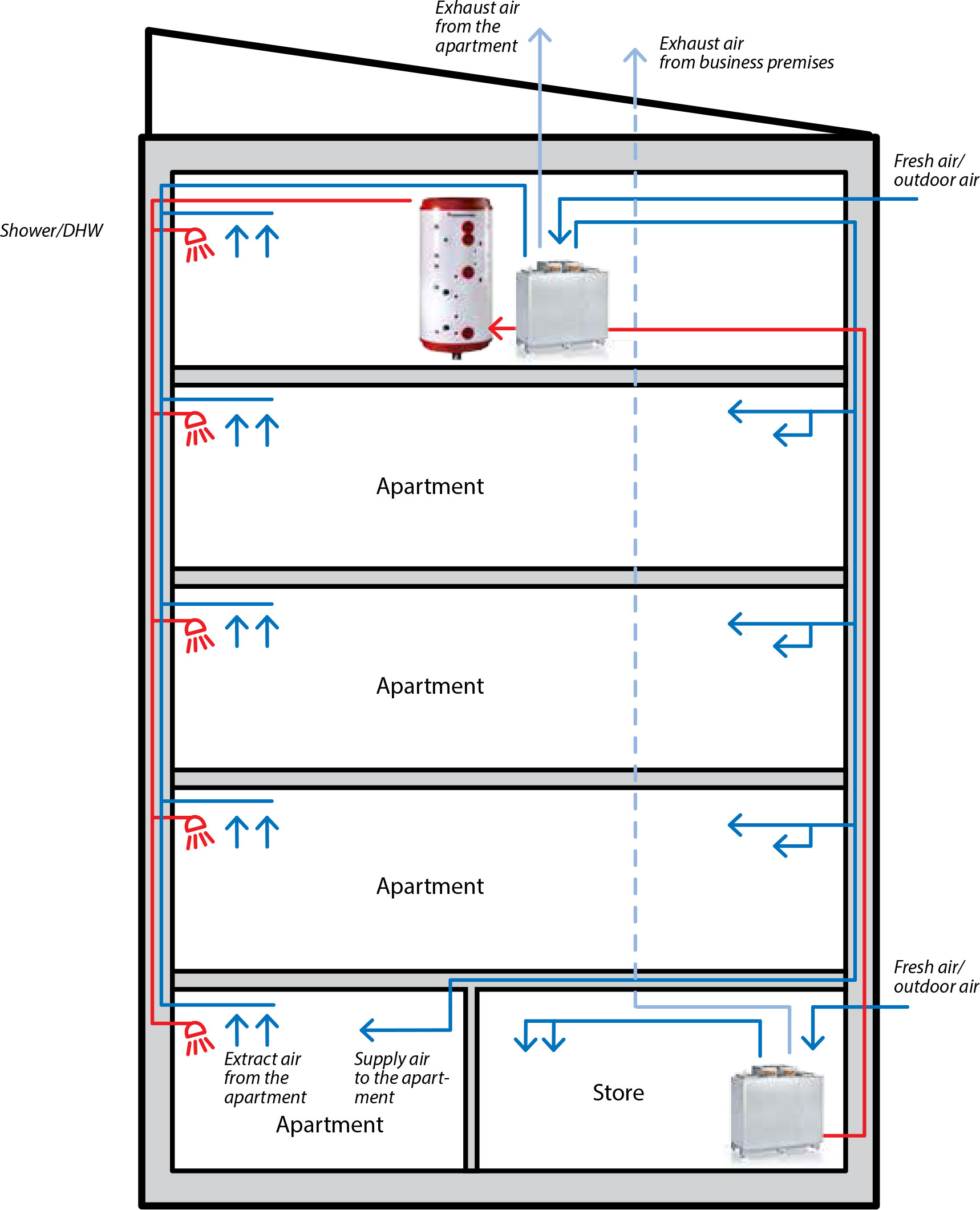The internal energy distribution system of the building levels out the temperature differences between apartments
In apartment buildings, the need for heating, cooling and indoor air dehumidification varies between different spaces, even during the same season. The sunny side may require cooling in early spring, while the heating season is still far from ending on the shady side of the building. Leveling out such temperature differences is one of the key factors for comfort and energy efficiency in today’s construction projects. In practice, the building is divided into a number of sections and ventilation is designed separately for each section. Excess energy is recovered and transferred via the EnergyBUS to an accumulator tank shared by the entire building. This energy, already purchased and supplied to the building from outside, is then delivered from the tank to cooler sections of the building. In addition to the excess heat, cooling energy can also be recovered by the air-source heat pumps and then used for cooling other spaces.
Grocery store provides energy for residents
A good example of utilizing the EnergyBUS is an apartment building with a grocery store at street level. Normally, the ventilation system for the store and its refrigeration equipment is designed and implemented as a separate entity, and another system is designed for the apartments. This traditional method can result in a situation in which the store causes significant additional costs for the housing company and its residents. The EnergyBUS enables the recovery of excess heat generated by the store’s equipment. Thanks to this solution, the warm water used by the residents can be heated with energy recovered from the building for the major part of the year.
Staircase-specific ventilation unit
The southern end of the building remains pleasantly cool when the excess heat generated by the sun is transferred via the EnergyBUS to the other side of the building.

Summer: The supply air is cool and dry. Excess heat is used for heating domestic hot water.
Winter: The supply air is warm, ventilation heat loss is minimal.
Excess heat from the heat pump is used for heating domestic hot water.




